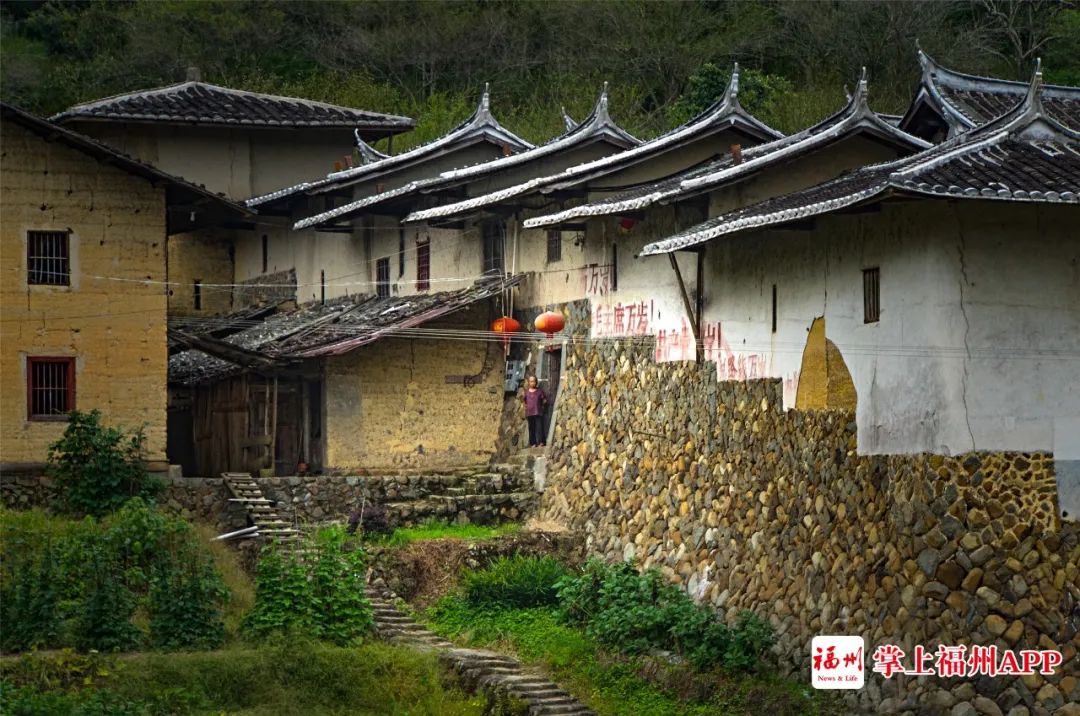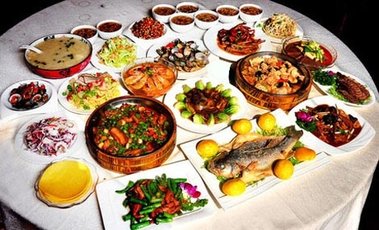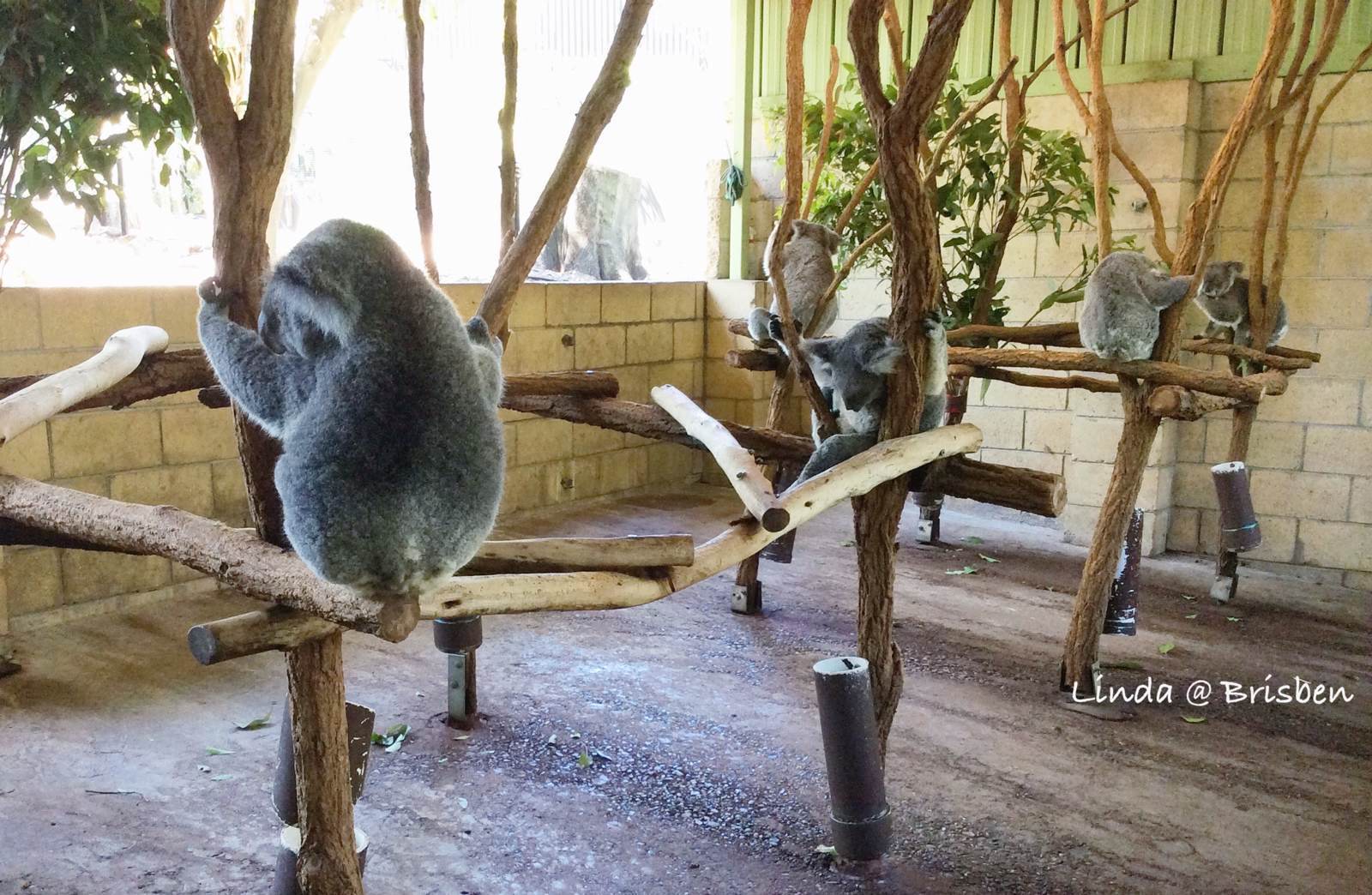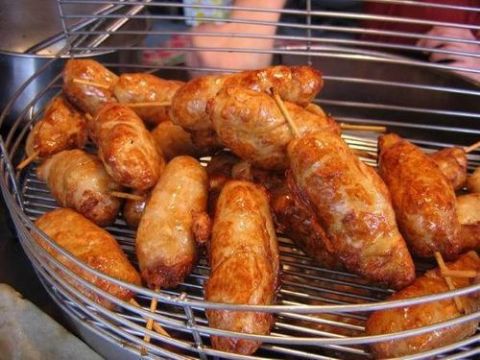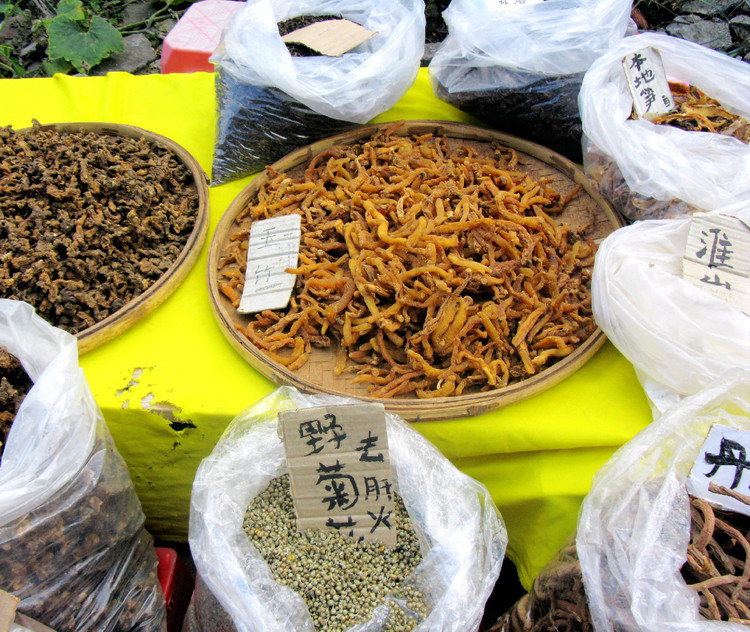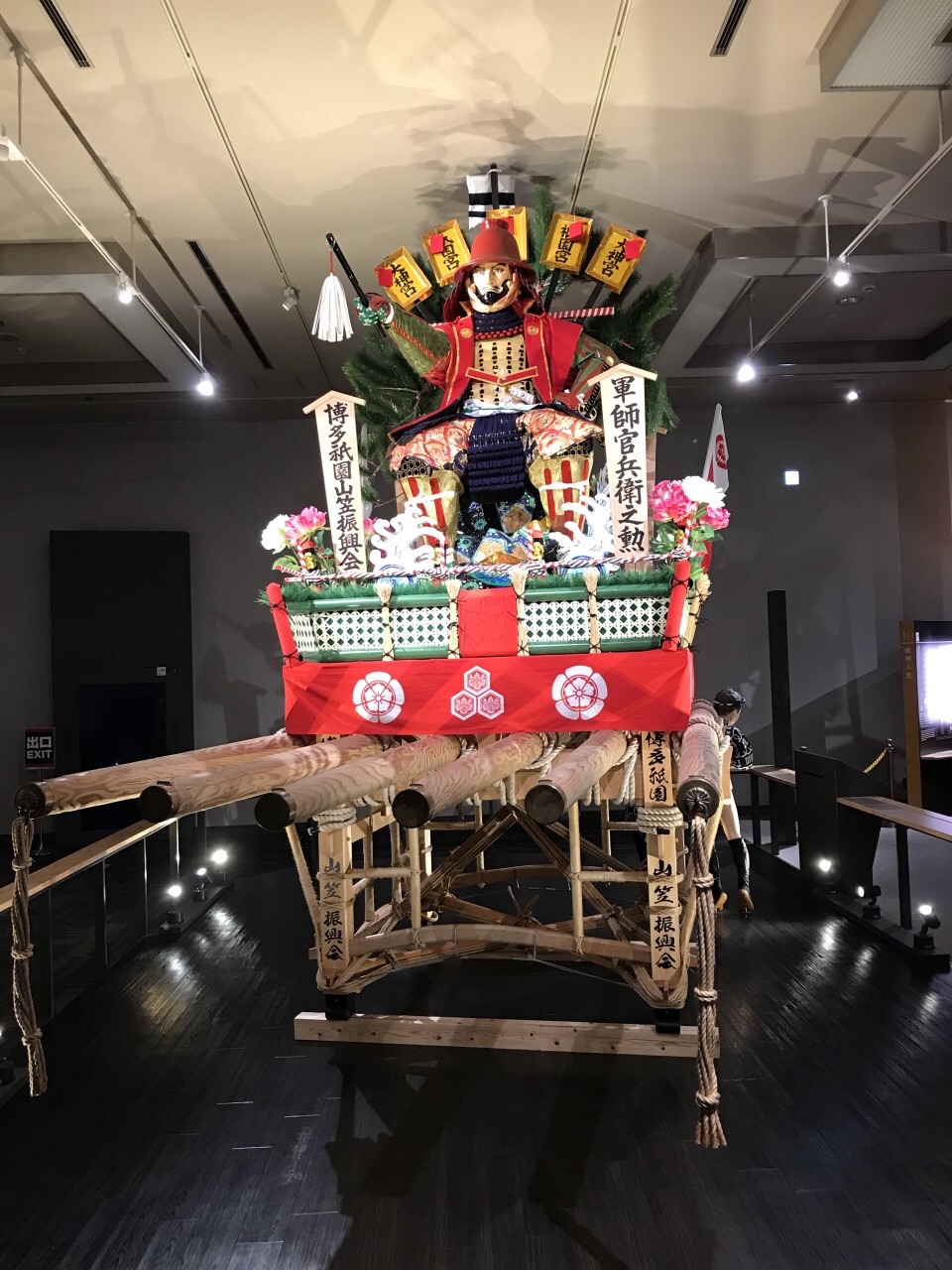一、云南有什么特色美食?
云南美食种类繁多得如同那里的鲜花。由于地域复杂民族众多,每个民族都有着自己的特色饮食。通海、蒙自是滇南地区的代表,建水的草芽、石屏的豆腐、蒙自的过桥米线都以精制著称。而滇东北地区是进入中原地区的必经之路,商务发达,饮食文化也相对比较发达,菜豆花、酸辣鸡、荞凉粉、酥红豆等都是那里的地方名吃。滇西大理一带的沙锅鱼、酸辣鱼,丽江的丽江粑粑、八大碗也是不能错过的,弥渡的卷蹄、风吹肝,腾冲的大救驾、炒饵块、各种凉拌野菜等都极具地方色彩。
云南美食是在极具个性的原材料基础之上再配以特殊调料和加工手段才料理出来的,相比之下,云南菜比其他地方的菜系,更多地使用了一些酱料、香料,吃的方法也有其独特之处。
酱料
云南的很多菜都用酱料当作调料,比如咸、鲜、辣、香的昭通酱,有点类似广东的XO酱,烧肉炒菜时搭配一些,味道十分香浓。此外,玉溪特产的甜酱油,是制作凉米线必不可少的调料。另外还有各种什锦酱、甜面酱、豆瓣酱、汤池的老酱等等,都是滇菜制作里常见的调料。
蘸水
云南菜的另外一大特色是蘸水,这一点和广东的潮州菜有点相像,不同的菜要搭配着不同的蘸水一起吃。比如吃蜂蛹竹虫,要配椒盐蘸水,吃铜锅豆腐要配糊辣子,吃云南春卷要配腐乳,“喃咪”辣酱更是傣族的特色蘸水,吃很多菜的时候都要搭配上一点。正因为这些“蘸水”,才让滇菜的味道更添几分浓郁。
咸菜
咸菜乍听起来有点突兀,其实云南的很多“咸菜”既可以单独吃,也是做菜调味的重要组成部分,而且不同的地方都有当地著名的“咸菜”,如弥度的酸腌菜、江川的萝卜酢、易门的豆豉、石林的腐乳等等,像其中的腌酸菜和腐乳是很多滇菜中必不可少的调料。
大救驾
大救架是云南的名吃之一,其实就是炒饵块。饵块用米制成,为云南独有。据古籍记载,麦类制作的食品古时约统称为“饼”,米类制作的为“饵”。云南是古人类的发祥地,水稻栽种历史悠久,民间到了农历岁末,家家户户都要挑选最好的大米,洗净浸泡后蒸熟,放在碓中舂细如泥,案板上用蜂蜡抹好,再搓揉为长方、椭圆、扁圆等形状,用作馈赠的食品,称为“饵馈”,时间一久,老百姓就把它谐称为饵块了。
炒饵块本为普通小食,成为名吃是因为一则典故,据传说,明末吴三桂打进昆明,永历帝桂王朱由榔仓惶逃往滇西。逃至腾冲,天色已晚,住在村子里,主人炒一了盘饵块让其充饥。这位落难皇帝本是深宫弱质,又经数月来长途奔波,历尽艰辛的劫难生活,今天进食此物,如食山珍海味,遂言“真乃救驾也”,从此,腾冲饵块名声远扬,誉名“大救驾”。此点红、绿、白、黄相映,饵块细糯滑润,鲜香甜美,油而不腻,脍炙人口。
干焙洋芋丝
“吃洋芋长子弟”(子弟意指英俊、漂亮)是云南人的一句口头禅。可见其美味和知名度。洋芋以昭通的最为有名,而且吃法甚多、做法易学,常见做法有吹灰点心、煎洋芋饼、炒洋芋丝、红烧洋芋、老奶洋芋、凉拌洋芋、酸菜洋芋汤、洋芋焖饭等等。
干焙洋芋丝是云南洋芋菜中最为常见和著名的一款,虽然就是类似于干煸土豆丝的做饭,但是最后的成品却是把土豆丝煸成一张薄薄的圆饼,看起来虽然简单,但实际做起来还颇费一番功夫,一般需要先炸再焙,需要焙5分钟左右才能把土豆丝焙成薄饼。吃起来脆脆的,十分香口
二、我要用英文介绍一下云南特色,
Yunnan (simplified Chinese: 云南) is a province of the People's Republic of China, located in the far southwest of the country spanning approximately 394,000 square kilometers (152,000 square miles) and with a population of 45.7 million (2009). The capital of the province is Kunming. The province borders Burma, Laos, and Vietnam.
Yunnan is situated in a mountainous area, with high elevations in the northwest and low elevations in the southeast. Most of the population lives in the eastern part of the province. In the west, the relative height from mountain peaks to river valleys can be as much as 3,000 m. Yunnan is rich in natural resources and has the largest diversity of plant life in China. Of the approximately 30,000 species of higher plants in China, Yunnan has perhaps 17,000 or more. Yunnan's reserves of aluminium, lead, zinc and tin are the largest in China, and there are also major reserves of copper and nickel. Yunnan has over 600 rivers and lakes, which provide an annual water supply of 222 billion cubic meters. Projected hydropower reserves stand at 103 GW, with an exploitable capacity of 90 GW.
Yunnan became part of the Han Dynasty (206 BC-220 AD) during 2nd century BC. It became the seat of a Tibeto-Burman speaking kingdom known as Kingdom of Nanzhao in the 8th century AD. Nanzhao was multi-ethnic, but the elite most likely spoke a northern dialect of Yi, which became established as the prestige dialect (see Nuosu language). The Mongols conquered the region in the 13th century, with local control exercised by warlords until the 1930s. As with other parts of China's southwest, Japanese occupation in the north during World War II forced a migration of majority Han people into the region. Ethnic minorities in Yunnan account for about 34 percent of its total population. Major ethnic groups include Yi, Bai, Hani, Zhuang, Dai and Miao.






